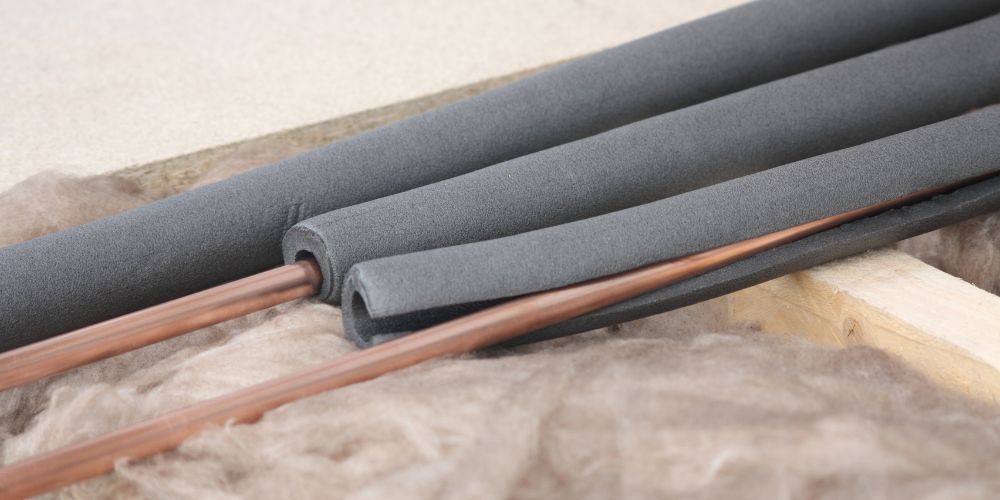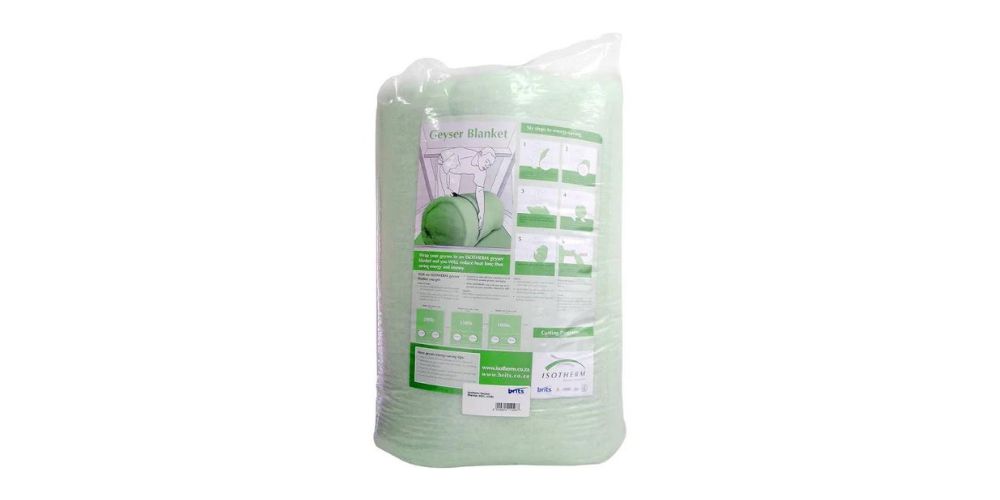Insulating your home’s plumbing system is an essential step in improving energy efficiency, preventing costly repairs, and ensuring a reliable supply of hot water. While many homeowners are familiar with the benefits of adding a geyser blanket to their water heaters, the importance of insulating pipes often goes overlooked.
This article explores the myriad benefits of pipe insulation and offers practical tips on how to implement this energy-saving measure effectively.
Why Insulate Your Pipes?
1. Energy Efficiency and Cost Savings
One of the primary reasons to insulate your pipes is to enhance energy efficiency. Uninsulated hot water pipes lose heat as water travels from the heater to the faucet. This means your water heater has to work harder to maintain the desired temperature, leading to increased energy consumption and higher utility bills. Insulating your pipes helps maintain the temperature of the water, reducing the workload on your water heater and resulting in noticeable cost savings.
2. Preventing Frozen Pipes
In colder climates, one of the most critical functions of pipe insulation is to prevent pipes from freezing. When water freezes, it expands, which can cause pipes to burst and lead to significant water damage and expensive repairs. Insulating pipes, especially those located in unheated areas such as basements, attics, and garages, helps keep the water inside from freezing during the winter months.
3. Enhancing Comfort
Insulating your pipes can also improve comfort within your home. Hot water reaches your faucets faster, which means less time waiting for the shower to heat up. This not only conserves water but also enhances your overall daily comfort. Additionally, reducing heat loss in hot water pipes and maintaining cooler temperatures in cold water pipes can help in preventing condensation and mold growth, contributing to a healthier living environment.
How to Insulate Your Pipes
1. Identify Pipes to Insulate
Start by identifying which pipes need insulation. Focus on hot water pipes running from your water heater, especially those that travel through unheated spaces. Additionally, consider insulating cold water pipes in these areas to prevent condensation.
2. Choose the Right Insulation Material
Several types of pipe insulation materials are available, each with its own set of advantages:
- Foam Tubing: Made from polyethylene or rubber, foam tubing is easy to install and provides good insulation for both hot and cold pipes.
- Fiberglass Insulation: This type is suitable for extremely high-temperature pipes and offers excellent thermal resistance. It’s typically used in commercial settings but can be used in homes with high-temperature needs.
- Pipe Wraps: These are flexible and easy to install around irregularly shaped pipes or fittings. They can be made from various materials, including foil and fiberglass.
3. Measure and Cut Insulation
Measure the length of the pipes you need to insulate and cut the insulation material to fit. For foam tubing, simply cut it to the required length and then slit it lengthwise if it doesn’t come pre-slit.
4. Install the Insulation
Slip the insulation over the pipes, ensuring a snug fit. For foam tubing, make sure the seam is facing down and secure it with duct tape or zip ties. For fiberglass or wrap insulation, follow the manufacturer’s instructions, typically involving wrapping the material around the pipes and securing it with adhesive tape or wire.
5. Seal the Seams and Joints
Properly sealing seams and joints is crucial to prevent heat loss. Use duct tape, insulation tape, or specific pipe insulation tape to secure all seams and joints, ensuring there are no gaps where heat could escape.
Additional Tips for Effective Pipe Insulation
- Regular Maintenance: Periodically check the insulation for any signs of wear, damage, or gaps and make necessary repairs.
- Consider Outdoor Spigots: Insulate outdoor faucets and spigots to prevent freezing. Special insulating covers can be used for this purpose.
- Professional Help: For complex plumbing systems or if you’re unsure about the best insulation methods, consider hiring a professional to assess and insulate your pipes.
Conclusion
While adding a geyser blanket to your water heater is a great step towards energy efficiency, insulating your pipes offers additional significant benefits. From saving on energy bills and preventing frozen pipes to enhancing overall comfort, pipe insulation is a cost-effective and practical measure every homeowner should consider.
By following the steps outlined above, you can ensure your home’s plumbing system is well-insulated, providing long-term benefits and peace of mind.




